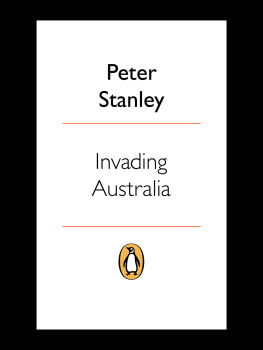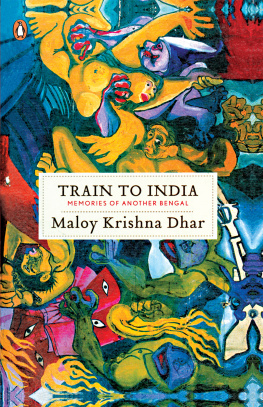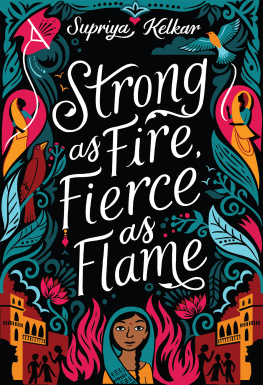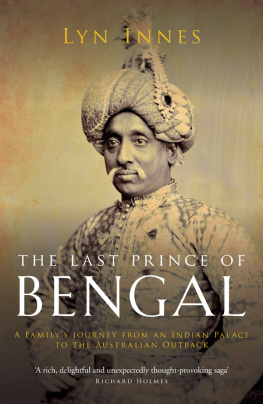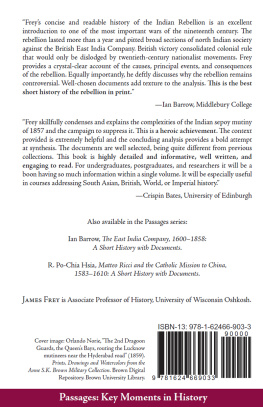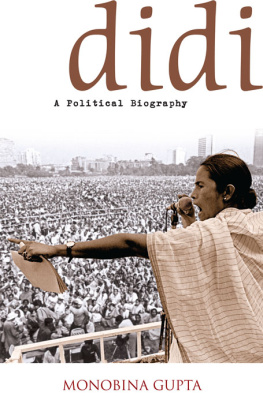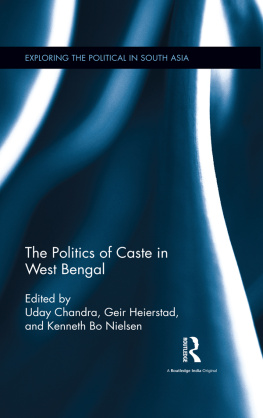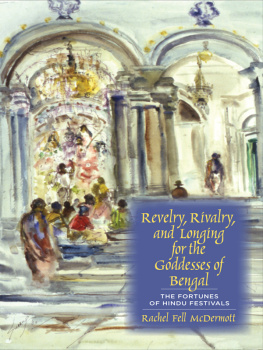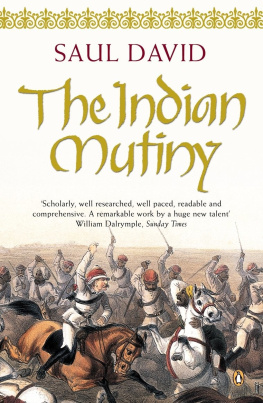Table of Contents

HUL! HUL!
PETER STANLEY
HUL! HUL!
The Suppression of the Santal Rebellion in
Bengal, 1855

HURST & COMPANY, LONDON
First published in the United Kingdom in 2022 by
C. Hurst & Co. (Publishers) Ltd.,
New Wing, Somerset House, Strand, London, WC2R 1LA
Peter Stanley, 2022
All rights reserved.
Printed in the United Kingdom
Distributed in the United States, Canada and Latin America by Oxford University Press, 198 Madison Avenue, New York, NY 10016, United States of America.
The right of Peter Stanley to be identified as the author of this publication is asserted by him in accordance with the Copyright, Designs and Patents Act, 1988.
A Cataloguing-in-Publication data record for this book is available from the British Library.
ISBN: 9781787385429
This book is printed using paper from registered sustainable and managed sources.
www.hurstpublishers.com
For all the Huls unnamed victims; Santals, Bengalis and sepoys
Sidhu, why are you bathed in blood?
Kanhu, why do you cry Hul, Hul?
For our people we have bathed in blood
For the trader thieves
Have robbed our land.
Santal Rebellion Songs
collected by William Archer
CONTENTS
PART I
BEFORE THE HUL
PART II
JAPUT (THE MONSOON)
PART III
NIRON (AUTUMN)
PART IV
RABAN (WINTER)
PART V
AFTER THE HUL

Walter Sherwills drawing of a surveyor at work; possibly Sherwill himself, from R.H. Phillimores Historical Records of the Survey of India, Vol. III.

The Rajmahal Hills seen from the Ganges. Walter Sherwill observed that while all Europeans travelling on the Ganges saw the hills from their steamers, few knew anything about the region or its people: some assumed that the hills were uninhabited. (Illustrated London News, 6 October 1856)

A Santal village, based on a drawing by Walter Sherwill. Visitors commented on their neatness, and how they were invariably laid out in the same way, with a street of huts adjoining a sacred grove of sal trees and a platform at which the Thakur was worshipped. (Illustrated London News, 28 February 1856)

A moonlit Santal ceremony, based on an engraving by Walter Sherwill, whose affection for the Santals did not prevent him from describing their dancing as lewd and absurd. (Illustrated London News, 7 June 1851)

The tank at Moheshpore (now Mahespur, Jharkhand) in 2020, where elephant-borne sepoys of the 7th Bengal Native Infantry routed a Santal force under the Bhugnadihee brothers, three of whom were wounded in the fight. The tank is one of the few sites of the Hul which can be firmly identified. (Peter Stanley)

The 7th Bengal Native Infantry (wearing coatees and dhotis) escorting Santal prisoners to Jungeypore after the march to Burhyte and Moheshpore. The portly officer on the pony may be Walter Birch, drawn by Walter Sherwill. (Illustrated London News, 28 February 1856)

The country around Burhyte (now Berhet, Jharkhand) in 2020, with the Rajmahal Hills in the distance: the heart of the Hul in 1855 and now the location of a large memorial to the brothers who led it. (Peter Stanley)

George Atkinsons depiction of Our Sporting Sub, from his Curry and Rice, conveys the self-assurance (not to say arrogance) of young officers of the Bengal Army, suggestive of officers like Lieutenant Tom Toulmin, the only Company officer killed in the Hul.

An engraving based on a drawing by Walter Sherwill showing sepoys of the 40th Bengal Native Infantry on a dour in Bhaugulpore, with bullock hackeries carrying off Santal loot, elephants bearing the sepoys baggage and villages burning in the distance. The engraver gave the surrounding landscape a strangely Scottish look. (Illustrated London News, 28 February 1856)

Railway surveyors crossing a flooded nullah in the monsoon, an engraving based on a drawing by Walter Sherwill that suggests the difficulties of travelling during Bengals rainy season. (Illustrated London News, 28 February 1856)

An indigo factory, from Colesworthy Grants Rural Life in Bengal. Especially in the Huls first month, factories like this became both the targets of Santal attacks and bastions of European resistance.

The plains between Godda and Bowsee (now Bausi, Bihar), photographed during the cold weather of 201920. For months in the second half of 1855 large Santal bands and several sepoy regiments skirmished in this country. (Peter Stanley)

George Browns substantial cutcherry at Bhaugulpore, an imposing classical edifice beside the Ganges, in which he made decisions which for him were disastrous in the monsoon of 1855. It is now the chancelry of Tilka Manji University. (Peter Stanley)

Our Magistrate, from George Atkinsons Curry and Rice, conveying the commanding demeanour of the Companys civil officials responsible for the suppression of the Hul. This official is directing labourers building roads of the kind the Company used to impose order on the Santal country in the aftermath of the Hul.



